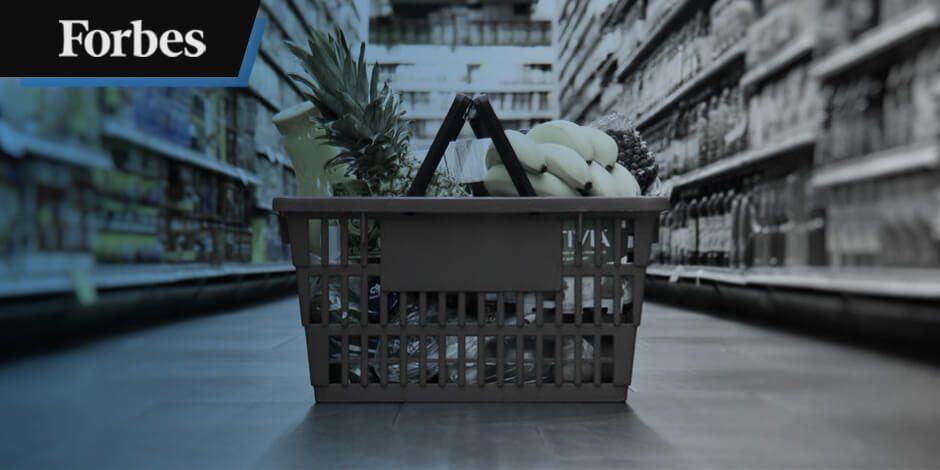The slow and steady rise of private-label and store-branded goods shifted into high gear last year as rising food prices squeezed household budgets. According to a recent report by the Private Label Manufacturers Association (PLMA), total sales of private label consumer packaged goods (CPG) last year shot up 11% from 2021 to nearly $230 billion.
The association says that represents almost 20 cents of every dollar of industry-wide revenue.
Store brand goods are roughly 50% more profitable than national brands, and companies like Target, Costco, Walmart, Amazon, and Kroger have all had long-term programs to grow the segment. Years of fine-tuning are paying dividends now in the form of phenomenal growth in store-branded merchandise. In last year’s second quarter, Walmart reported that sales of its private label foods doubled in last year’s second quarter. Target’s private label business grew 18% for the year, faster than the company’s overall sales.
Predictably, national brands are feeling the pain. Facing higher costs and growing criticism over aggressive price hikes, household names have been struggling with slowing growth.
The PLMA said overall dollar sales of nationally branded products rose by only 6% last year. The drag was worst near the end of the year. Kimberly-Clark posted a 7% drop in fourth-quarter sales volume after hiking its net selling prices by about 10%. P&G said its most recent quarterly sales volume slid 6% after it, too, hiked prices by 10%.
Store brands have had previous peaks in the past when economic conditions went south, and consumers held their wallets tight. But the advantage has tended to fade when the economy improves and people return to their favorite brands.
This time may be different. The pandemic may have been a tipping point.
Unlike in the past, private label goods are no longer less appealing or lower quality versions of popular brands. It may be that the National Brand Cereal contents are the same as the Store Brand cereal in a box bearing Walmart’s Great Value logo — except it's 40% cheaper.
Private label is emerging as a value that shoppers look for. A survey last year by the Food Industry Association (FMI) found that, for nearly nine out of 10 shoppers, private brands have at least some influence on where they decide to spend. More than half in the survey said private labels were either very important or extremely important in influencing their decision.
In the home goods and apparel categories, retailers have been mining their customer databases and investing in private label product assortments, item localization for customer preferences, pricing mixes, and identifying cost savings in the supply chain.
In an interview last year with StoreBrands.com, Philip Melson, client partner at Fractal Analytics, explained, “The assortment opportunity with store brands is not just to compete with national brands on price but range and innovation.”
How much private label is changing retail is hinted at by Walmart’s redesigned SuperCenter near the company’s headquarters in Arkansas, the prototype for a national rollout this year of apparel display areas featuring store-branded merchandise.
Subscription Required

















